Affiliate links on Android Authority may earn us a commission. Learn more.
How long do chipmakers support their processors for Android updates?
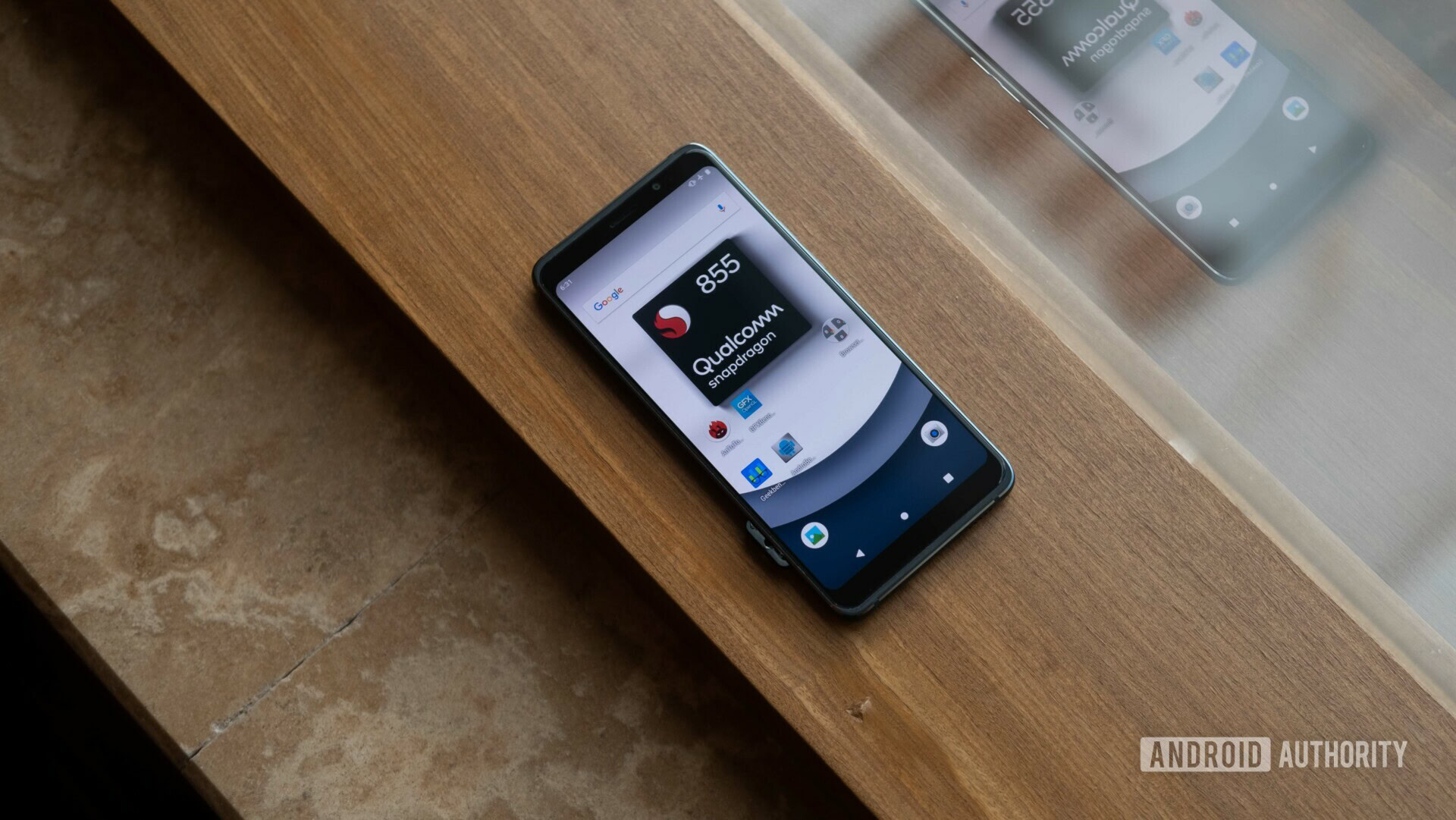
The Fairphone 2 made news earlier this month after it received an Android 9 Pie beta update. That doesn’t sound like anything to boast about at first — it’s not even the latest version of Android, after all — but it is when you remember that the phone launched in 2015, touting Android 5.1 Lollipop.
Fairphone noted that Qualcomm stopped supporting the Snapdragon 801 chipset inside the Fairphone 2 after Android 6.0 Marshmallow. In fact, the company essentially had to work with the team behind the LineageOS custom ROM to whip up the update itself.
It seems fairly incredible that the company had to jump through so many hoops to get Pie working. Fairphone may be a niche brand, but when you consider the horrible reputation that Android phones have in terms of updates compared to iPhones, it really drives home the fact that there is almost always zero guarantee of a phone continuing to receive updates after two or three years on the market.
Is it on the chipset provider though, as Fairphone suggests? What are they doing about Android updates? Here’s what kind of update commitments we should expect from the various chip designers.
What is an SoC? Here’s everything you need to know about smartphone chipsets
HiSilicon
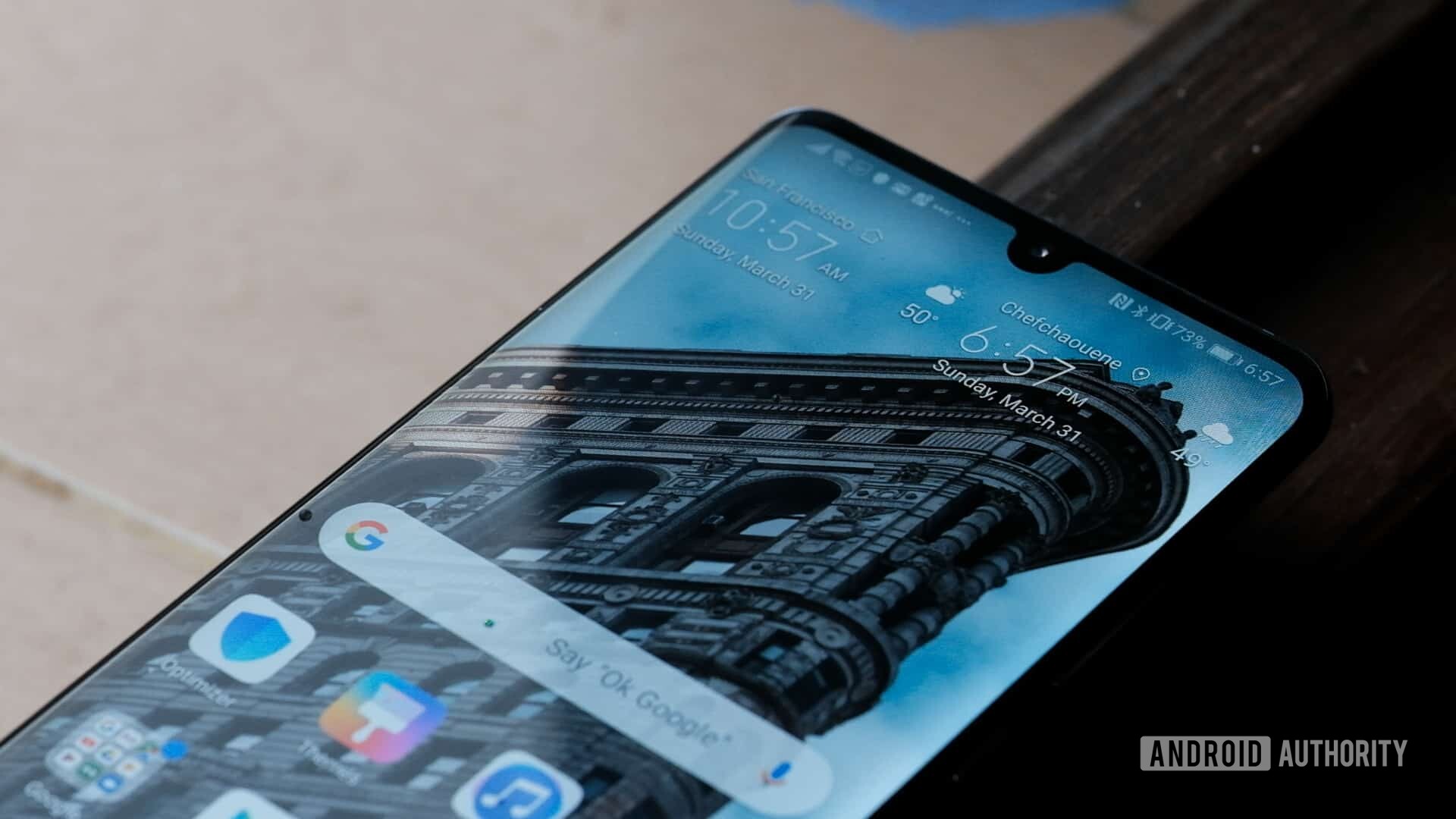
HUAWEI told Android Authority that its HiSilicon chip division supports its Android processors for “two to three years.” We asked the firm to clarify this statement (e.g. do flagships get three years of updates, while budget SoCs get two years?), and will update the article accordingly.
It’s worth noting that 2017’s HUAWEI Mate 10 series and 2018’s P20 flagships have recently received Android 10, lining up with the two to three-year pledge. But budget-tier devices like the P20 Lite aren’t scheduled to get the update (despite launching alongside the P20 series), and it’s presumed that many older Y series phones won’t get EMUI 10.
Qualcomm
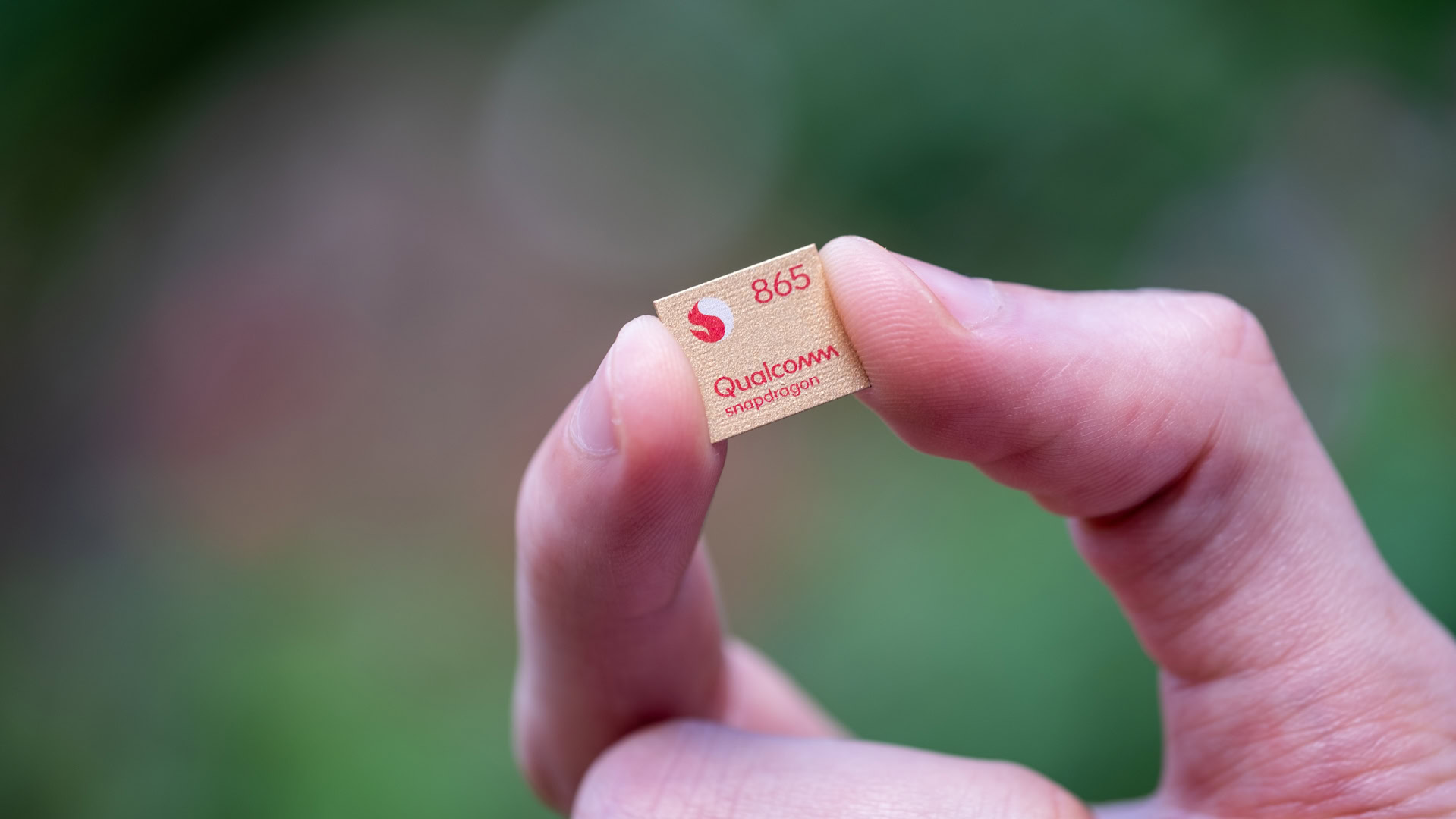
Qualcomm is the biggest Android processor provider around, so all eyes are on it to adequately support its silicon. But what should you expect then?
“Our mobile platforms which support Android receive at minimum three versions of Android during their lifetime [roughly equivalent to three years of support – ed]. In many cases a fourth, fifth, or even sixth version is provided based on customer and market demand,” the firm told Android Authority.
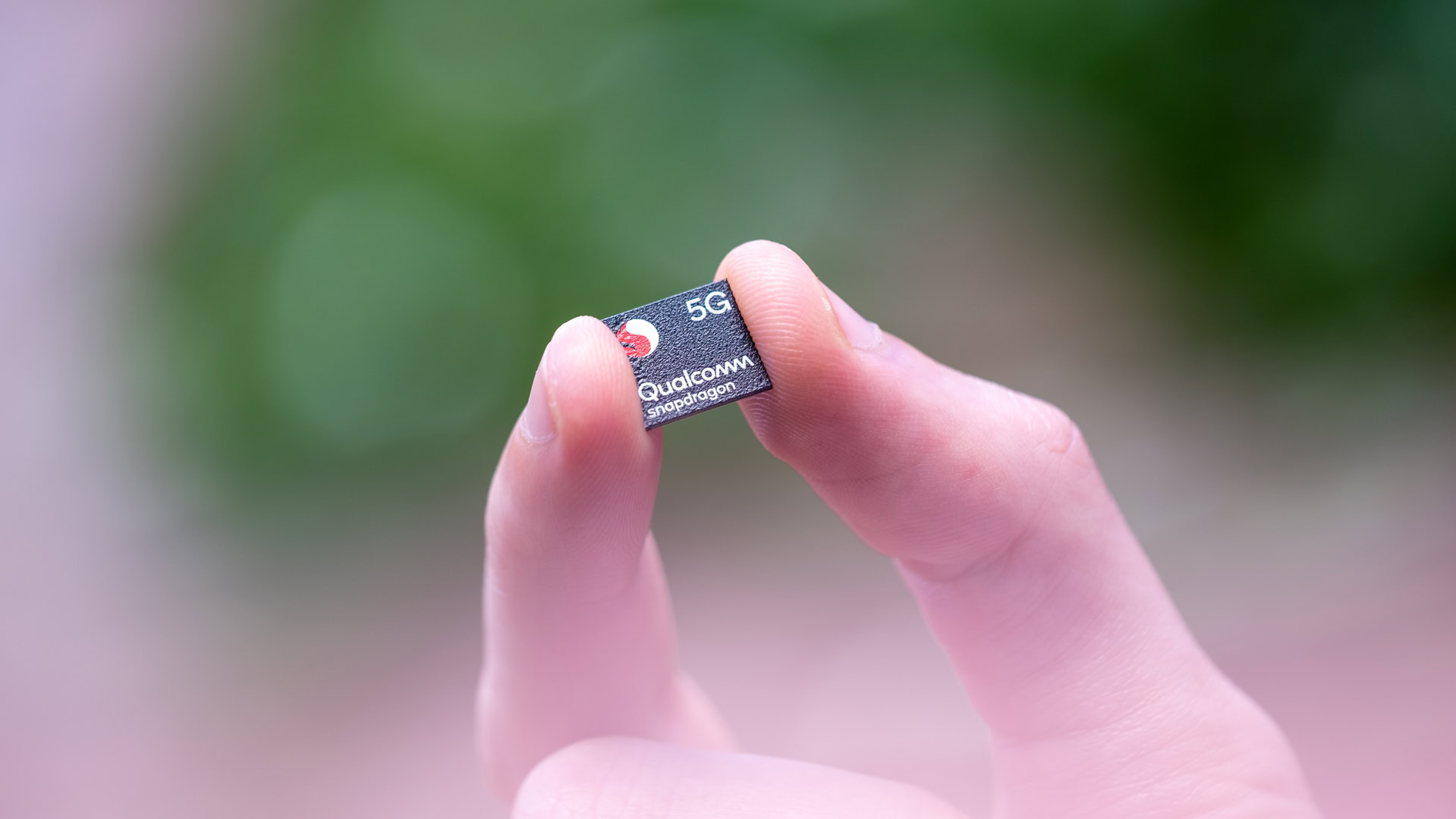
“We also provide support services for OEMs who want to add another Android version or to (those) who wish to extend security patching,” the company added. Furthermore, Qualcomm also noted that it has its own bug bounty program and internal vulnerability testing, while publishing any issues discovered internally.
Despite Qualcomm’s pledge that up to six Android version updates can be provided, 2016’s Google Pixel still topped out at four major OTAs. It’s worth keeping in mind that the Pixel series offers stock Android, which should enable a much easier update process.
MediaTek and Samsung
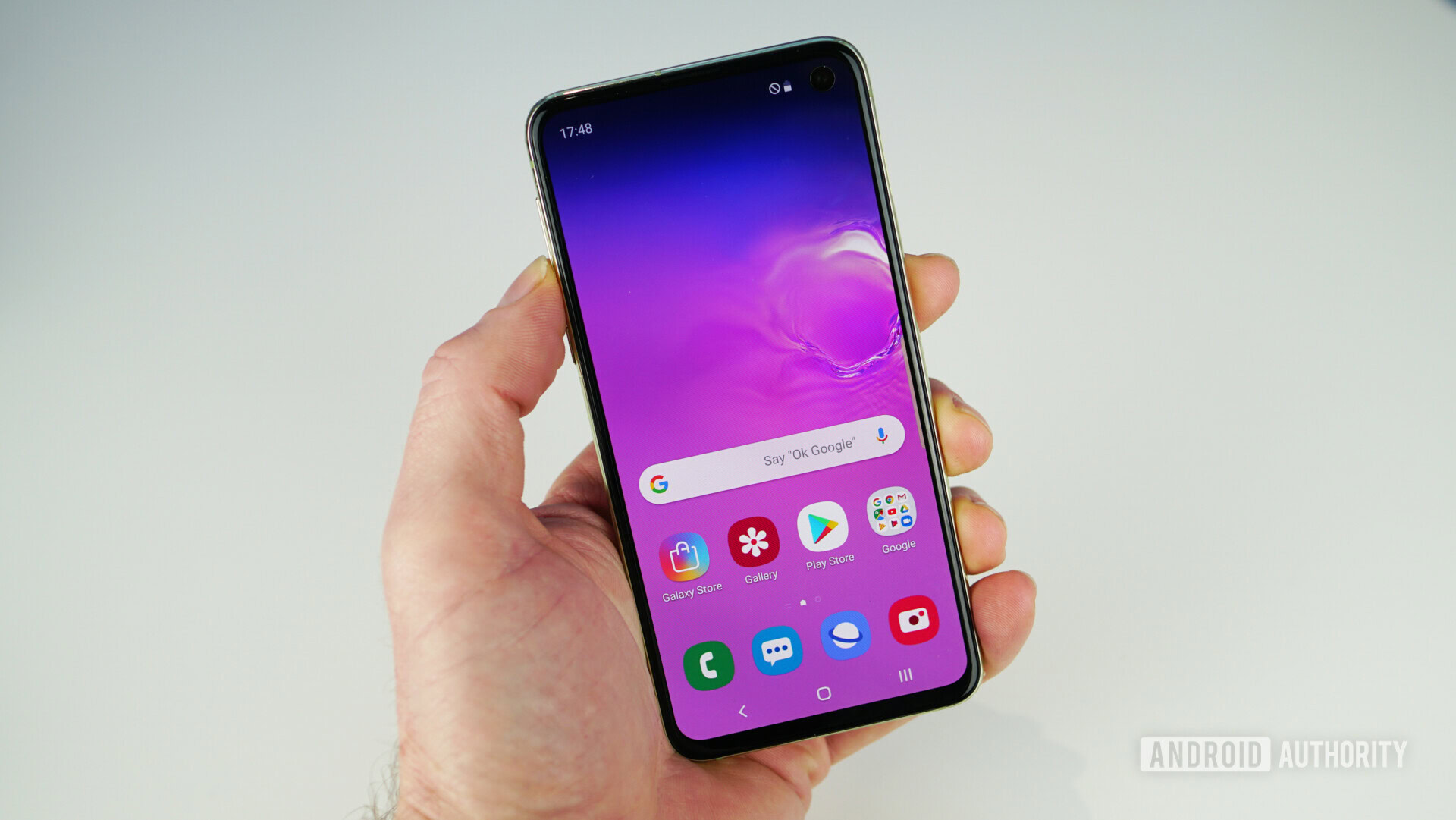
We’ve asked both MediaTek and Samsung for comment regarding update commitments for their chipsets. They didn’t get back to us by the time of publication.
MediaTek phones have had a reputation for not delivering on updates, although this can at least be partially attributed to second-string budget brands often using these chipsets. For what it’s worth, most of the devices on our list of best MediaTek phones have either received a major Android update or are getting one. But again, the firm hasn’t told us about its commitment to updates for Android phone processors in the long term.
Samsung’s Exynos chipsets are largely found inside the firm’s Galaxy phones, and its two-year-old flagships have generally received Android 10. The firm generally does a decent job of updating its recent budget wares too, and even the two-year-old Galaxy J6 and Galaxy A7 2018 are receiving Android 10.
Furthermore, the company still supports older devices with monthly or quarterly security updates, with even the Galaxy A5 2017 (released in January 2017) still receiving quarterly patches. You can check out the supported phones over here.
Are Android processor makers to blame for poor OS update support?
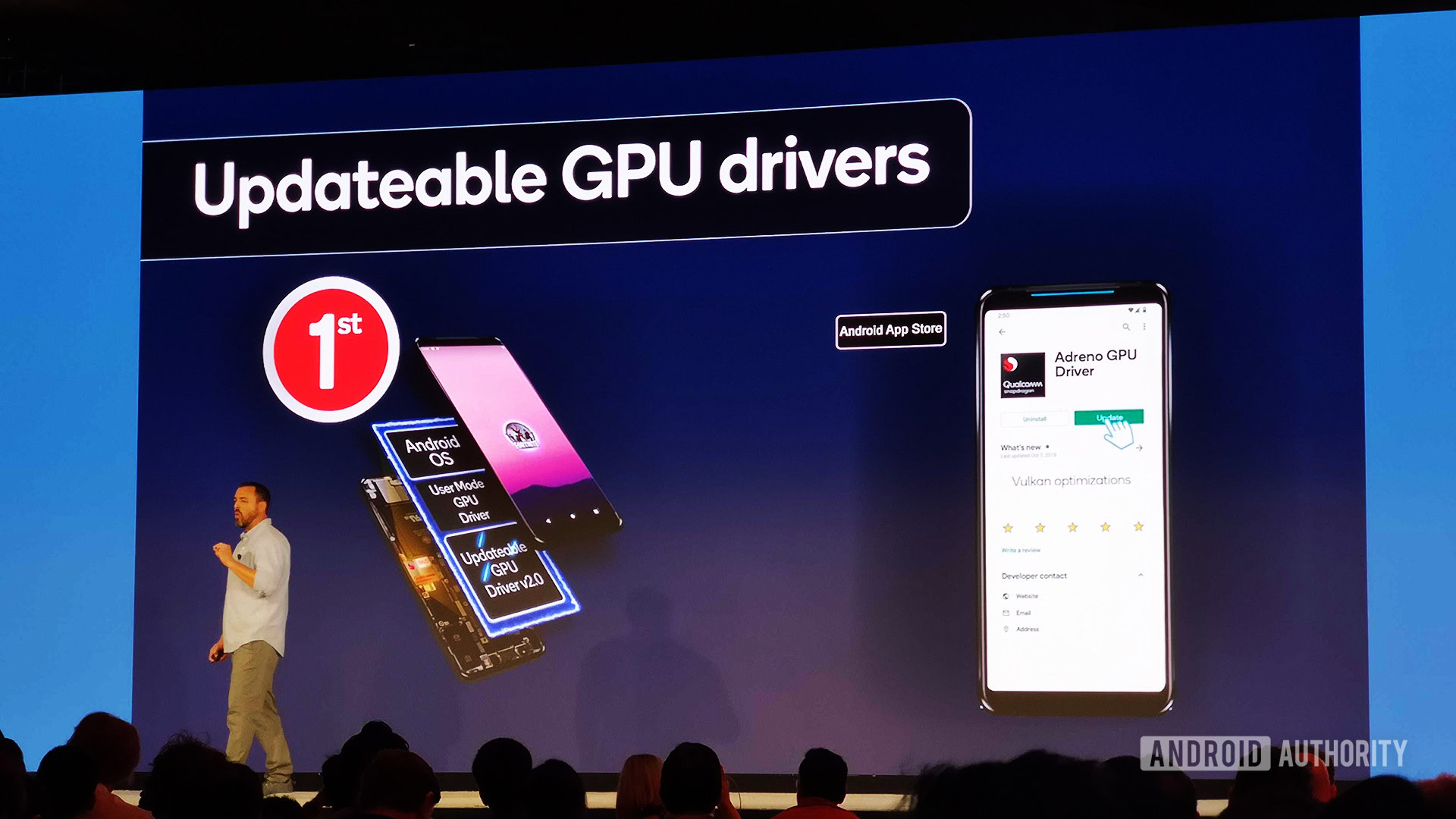
The truth is, chipmakers are only part of the equation when it comes to delivering on Android system updates. OEMs also play a big part in the process, as they have to roll together updates from Google, the Android processor provider, their own teams, and other sources in order to push out the final update.
Manufacturers and their network partners also have to test the Android update or security patch to ensure that there are as few bugs as possible. This testing process can add more time to the update’s release cycle, which is why many enthusiasts try to opt for unlocked phones rather than carrier-branded models.
Thankfully, Google is making the Android update process a little easier with features like Project Treble and Project Mainline. Project Treble essentially redesigns the underlying Android framework to enable faster and easier updates. Meanwhile, Project Mainline makes it possible for some updates to be delivered via the Play Store (e.g. media codecs, networking components), bypassing carrier testing entirely.
Chipmakers are also using Project Mainline to enable GPU driver updates via the Play Store. Qualcomm and Arm have both announced their participation in this endeavor, which should drastically cut down on the amount of time it takes to get bug fixes and performance optimizations onto a phone. Update: GPU driver updates via the Play Store are independent of Project Mainline, according to XDA’s Mishaal Rahman.
Another rarely mentioned factor in Android updates is the Linux Long-Term Support (LTS) kernel branch. The Linux kernel is at the heart of Android, but the LTS branch used was generally supported for two years only. Fortunately, this support period was extended to six years back in 2017, removing another obstacle for long-term Android update support.
It’s clear that chipmakers definitely have a role to play in Android updates (or the lack thereof). But with companies like Qualcomm offering up to six updates and Google seeking to move some updates to app stores, manufacturers can’t afford to hide behind their hardware and software partners.
That’s all we know about chipmakers and their commitments to Android updates for various processors. You can check out more mobile tech coverage via the list below.